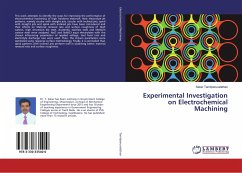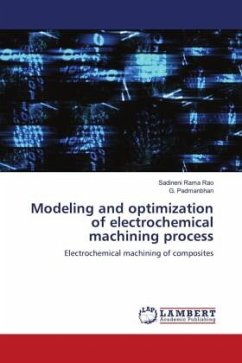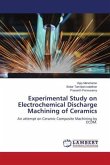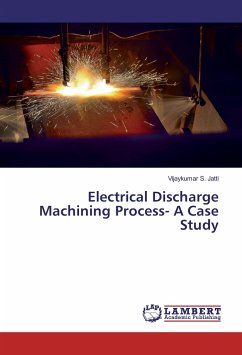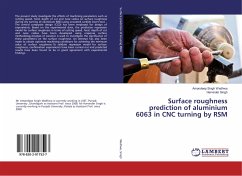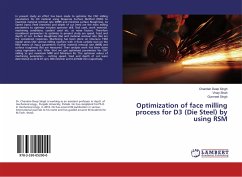This work attempts to identify the ways for improving the performance of electrochemical machining of high hardness materials. New electrolyte jet patterns, namely circular with straight jets, circular with inclined jets, spiral with straight jets and spiral with inclined jets have been introduced and their effects on Material removal rate and surface roughness of High carbon, high chromium die steel, Austenitic stainless steel and Medium carbon steel were analyzed. NaCl and NaNO3 aqua electrolytes with the chosen influencing parameters of applied voltage, tool feed rate and electrolyte discharge rate were used. Then, the chosen parameters were optimized using response surface methodology. Finally, it is concluded that spiral patterns with inclined jets perform well in obtaining better material removal rate and surface roughness.

